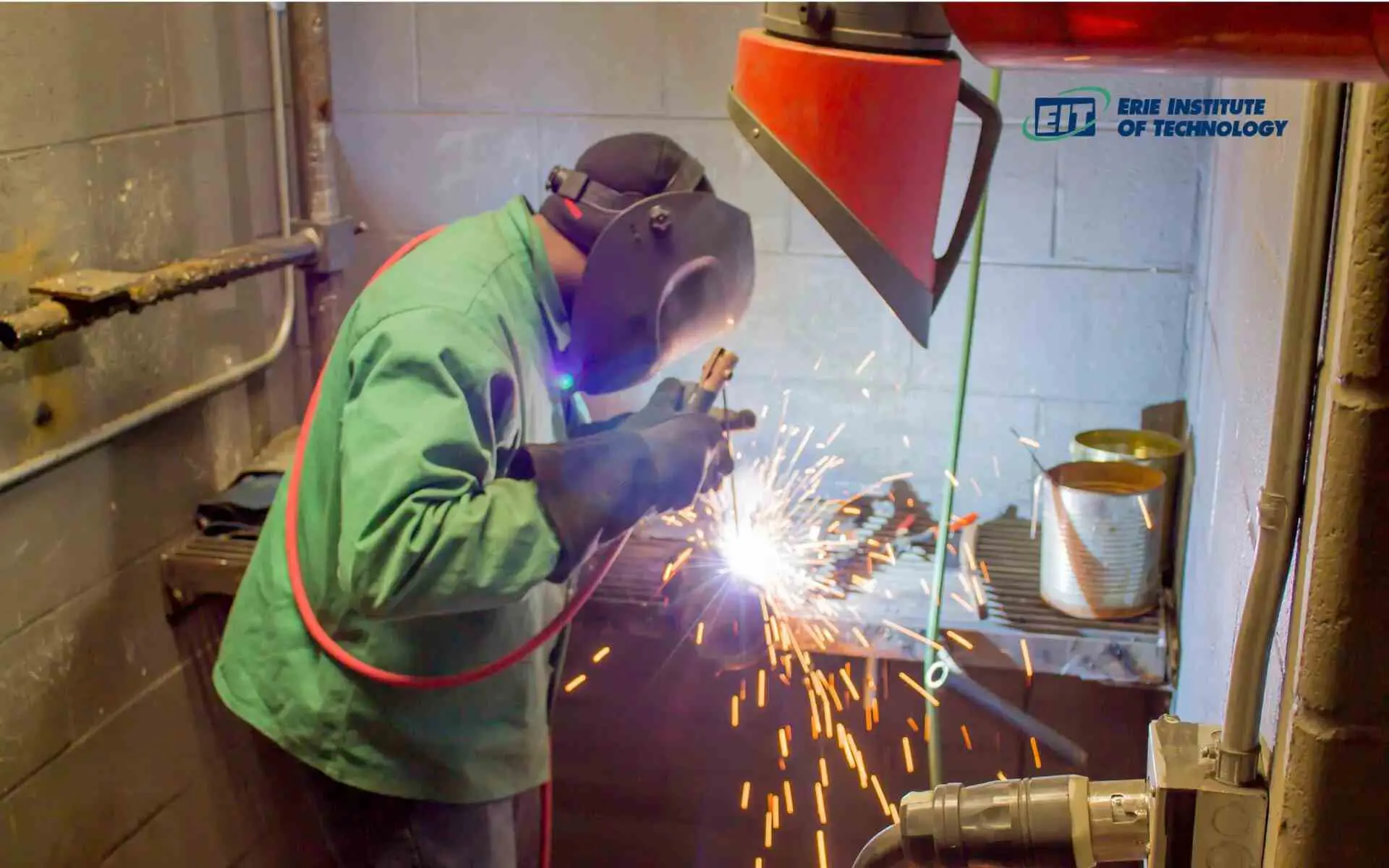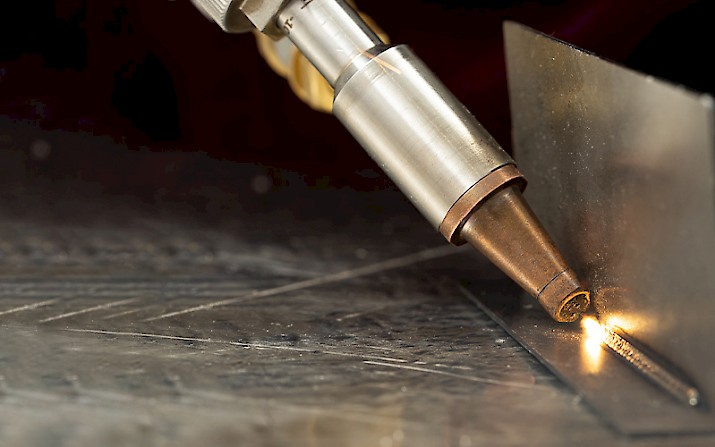Optimizing Your Welding WPS: Methods for Improved Efficiency and Efficiency
Optimizing Your Welding WPS: Methods for Improved Efficiency and Efficiency
Blog Article
Mastering Welding WPS Requirements: Finest Practices and Techniques for Quality Welds
In the world of welding, understanding Welding Treatment Requirements (WPS) requirements is a crucial part that directly affects the quality and honesty of welds. Following these criteria ensures consistency and dependability in welding outcomes. Nevertheless, attaining quality in welds goes beyond merely recognizing the criteria; it includes carrying out finest techniques and techniques that raise the craft to a degree of precision and ability that distinguishes the average from the phenomenal. As we navigate with the intricacies of welding WPS requirements, discovering key insights and methods for attaining top-tier welds will certainly be critical for welders looking for to master their craft and create welds that stand the test of time.
Recognizing Welding WPS Standards

Examiners rely on WPS documents to confirm that welding treatments are being adhered to properly and that the resulting welds are of high top quality. Engineers make use of WPS criteria to make welding procedures that ensure the sturdiness and reliability of bonded structures.


Essential Devices for Quality Welds
Grasping welding WPS requirements is essential for welders to properly use the essential tools required for creating high quality welds. One of one of the most crucial tools for quality welds is a welding equipment. The kind of welding equipment required depends upon the welding procedure being utilized, such as MIG, TIG, or stick welding. Welding safety helmets are also indispensable to secure the welder's eyes and face from stimulates, heat, and UV radiation. Additionally, welding handwear covers constructed from durable and heat-resistant products protect the hands from burns and injuries. Magnets and clamps help hold the work surfaces together firmly during the welding procedure, guaranteeing exact and accurate welds. Cord brushes and breaking hammers are important for cleaning up the weld joint prior to and after welding to eliminate any type of impurities that could affect the quality of the weld. Lastly, a measuring tape and angle grinder serve tools for making certain correct positioning and preparing the workpieces for welding.
Secret Strategies for Welding Success
To accomplish welding success, one have to grasp the key methods important for creating top quality welds. One vital technique is preserving the appropriate arc length. Maintaining the electrode at the optimum distance from the work surface is essential for producing strong, consistent welds. Furthermore, regulating the travel speed is vital. Moving also quickly can lead to insufficient penetration, while moving as well gradually can lead to extreme warm input and prospective flaws. Appropriate adjustment of the electrode angle is an additional vital technique. The angle at which the electrode is held can impact the bead form and infiltration of the weld. Furthermore, guaranteeing constant weapon angle and direction of travel is necessary for harmony in the weld grain. Last but not least, keeping a steady hand and a secure welding placement throughout the procedure is essential to accomplishing precision and uniformity in the welds. By mastering these key techniques, welders can boost the top quality of their work and attain welding success.
Ensuring Conformity With WPS Criteria

Moreover, welders need to go through training to acquaint themselves with the WPS standards appropriate to their job. Regular audits and evaluations must be conducted to confirm that welding tasks align with the prescribed WPS guidelines. In addition, preserving detailed documents of welding parameters, devices calibration, and assessment results is vital for demonstrating conformity with WPS standards - welding WPS. By faithfully adhering to WPS criteria, welders can guarantee that their job meets the required high quality degrees and adds to the general success of the welding project.
Troubleshooting Common Welding Issues
When faced with common welding concerns, identifying the root cause is vital for efficient troubleshooting. One common issue is the visibility of go to the website porosity in welds, typically brought on by contaminants such as oil, wetness, or corrosion. To address this, ensuring appropriate cleaning of the base metal before welding and using the proper shielding gas can considerably minimize porosity. Another issue often experienced is absence of blend, where the weld fails to appropriately bond with the base material. This can originate from insufficient warm input or improper welding method. Changing specifications such as voltage, cord feed rate, or travel speed can aid boost combination. In addition, distortion, cracking, and spatter prevail welding challenges that can be reduced through proper joint prep work, consistent warmth control, and picking the proper welding consumables. By completely comprehending these common welding concerns and their root triggers, welders can properly troubleshoot troubles and achieve top notch welds.
Conclusion
In conclusion, mastering welding WPS standards requires a comprehensive understanding of check my site the guidelines, using vital tools, and carrying out crucial methods for effective welds. Making certain conformity with WPS criteria is vital for generating high quality welds and preventing usual welding concerns. By adhering to finest methods and methods, welders can accomplish consistent and dependable cause their welding jobs.
In the realm of welding, mastering Welding Procedure Requirements (WPS) standards is a vital component that directly affects the high quality and integrity of welds.When diving into the world of welding techniques, a vital aspect to comprehend is the importance and intricacies of Welding Treatment Specification (WPS) requirements. WPS requirements provide a thorough guideline for welding procedures, making sure consistency, top quality, and security in the welding process. The type read the article of welding maker needed depends on the welding process being made use of, such as MIG, TIG, or stick welding.Achieving welding success via the mastery of key methods necessitates a detailed understanding and adherence to Welding Treatment Specification (WPS) criteria.
Report this page